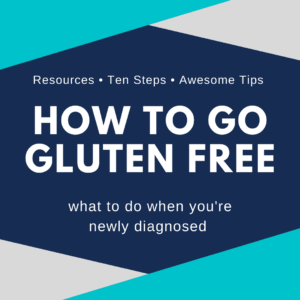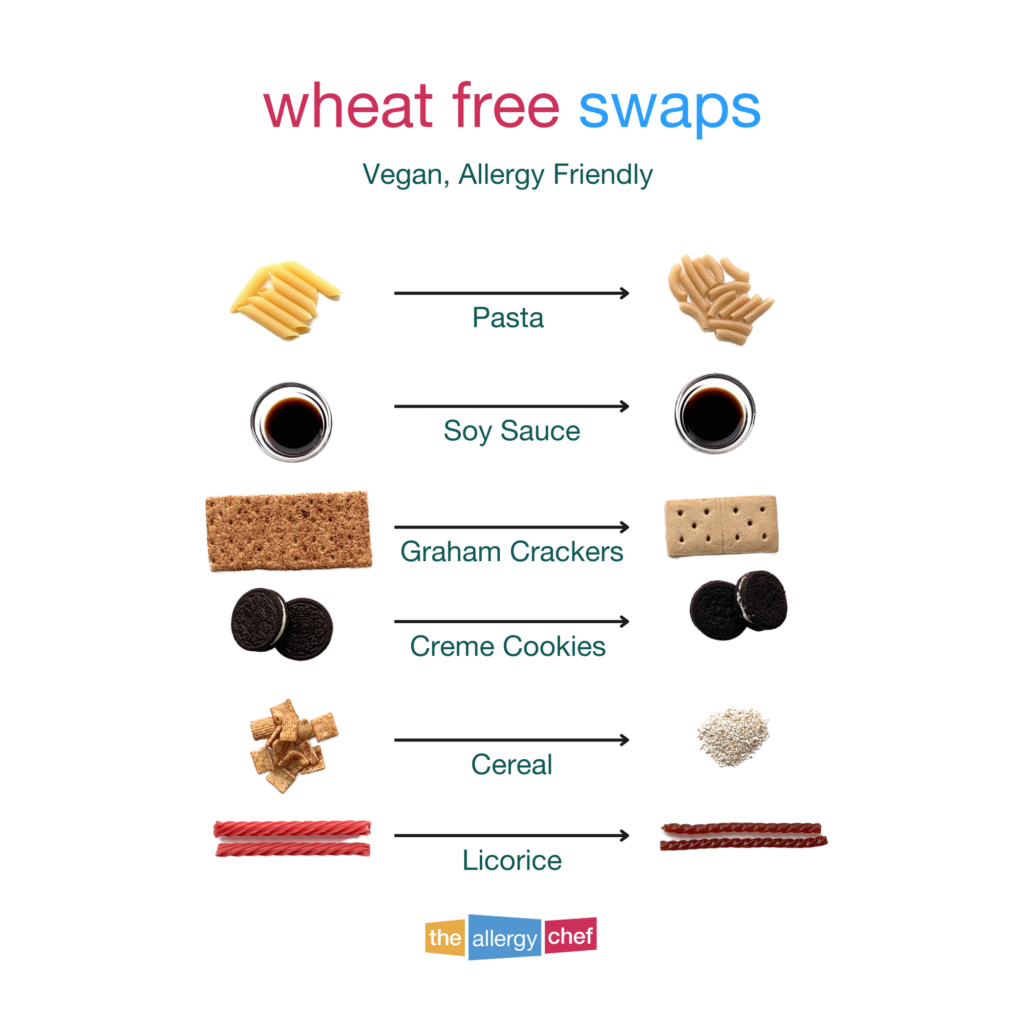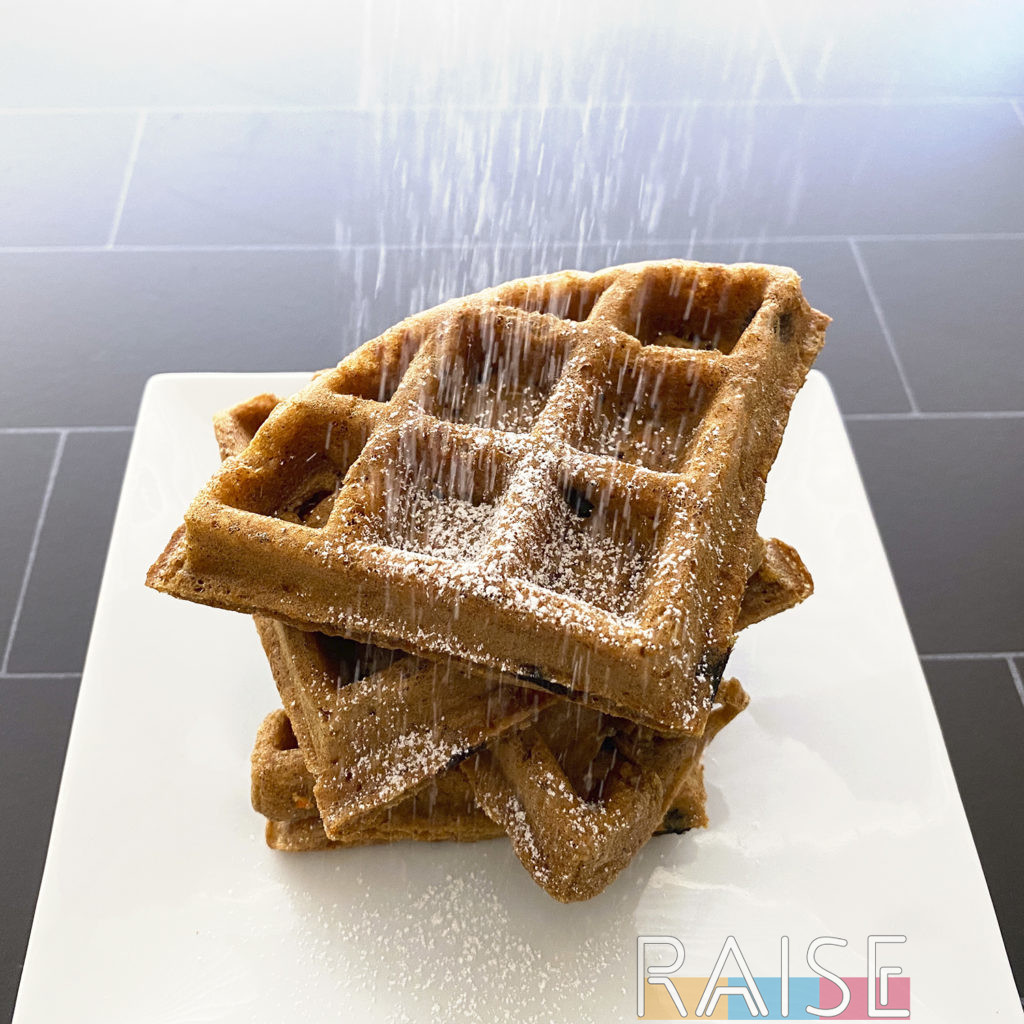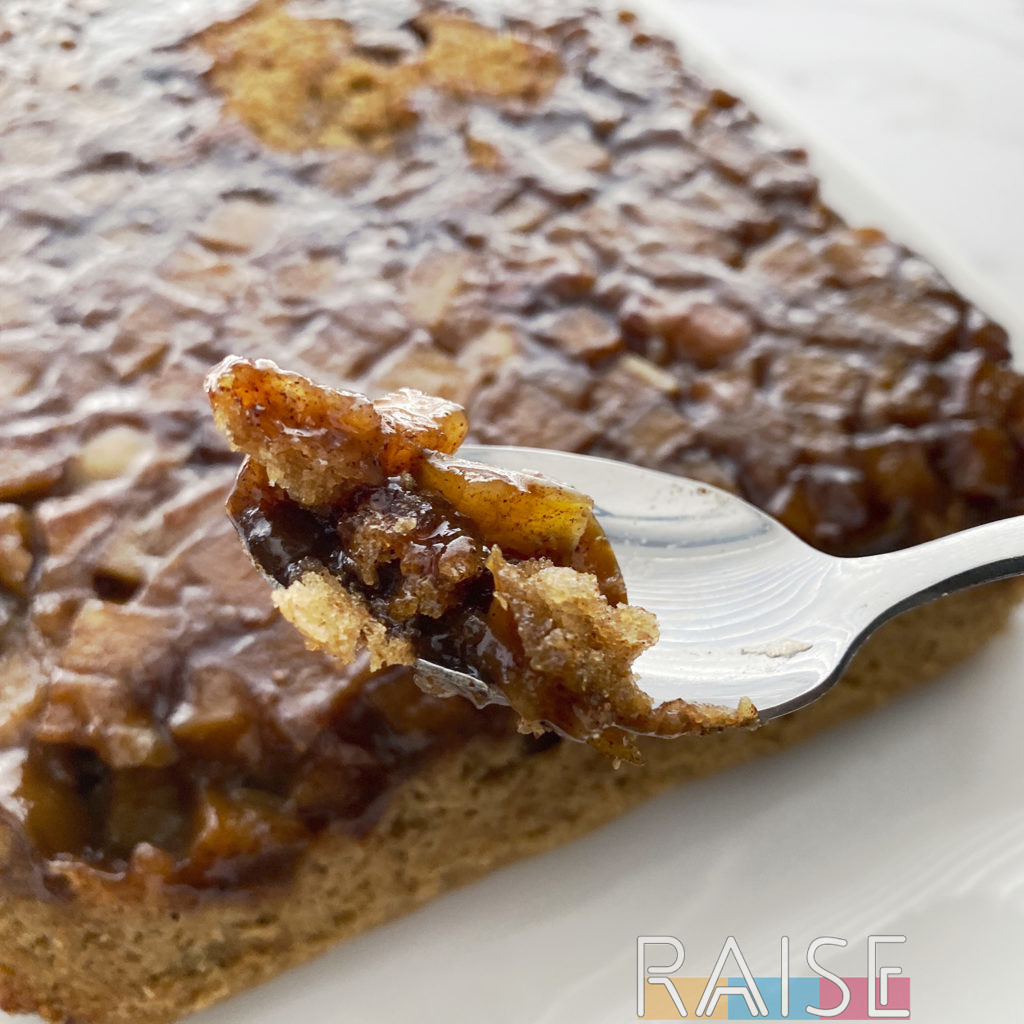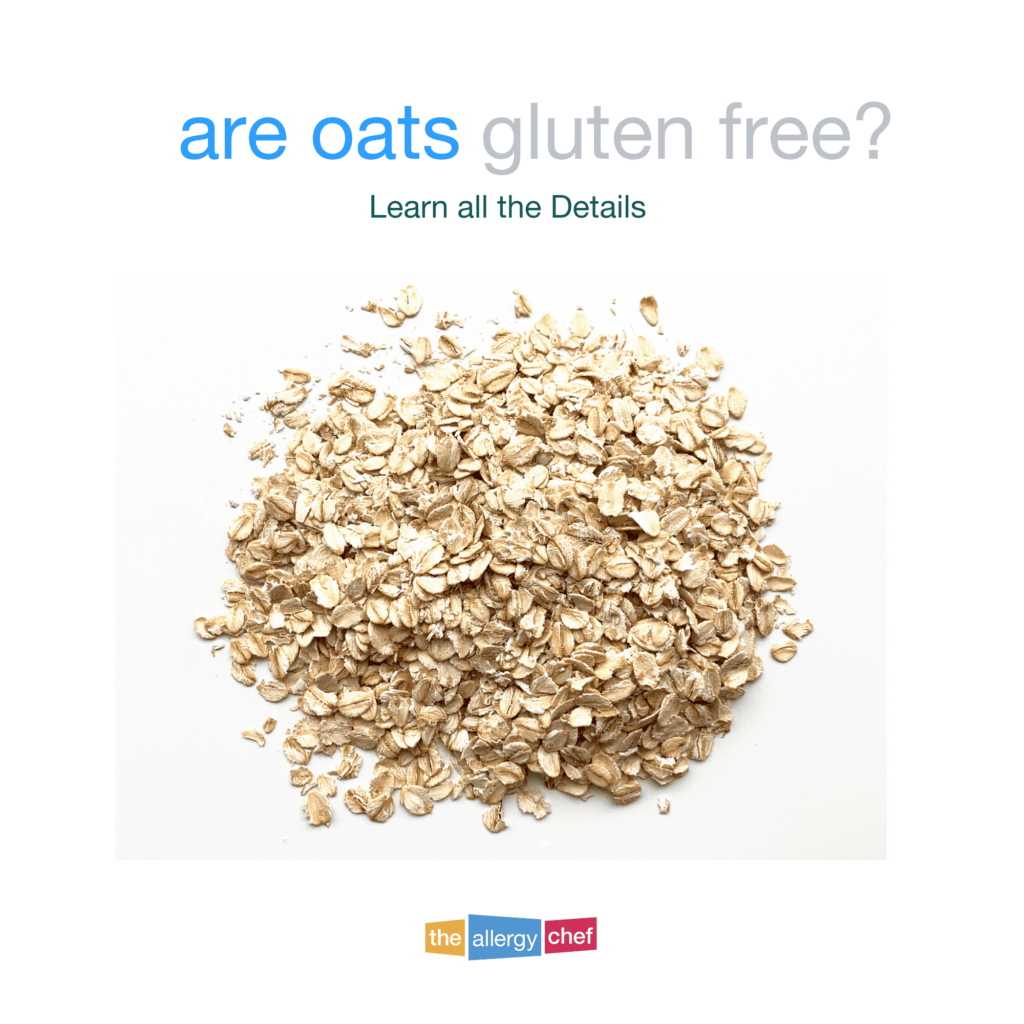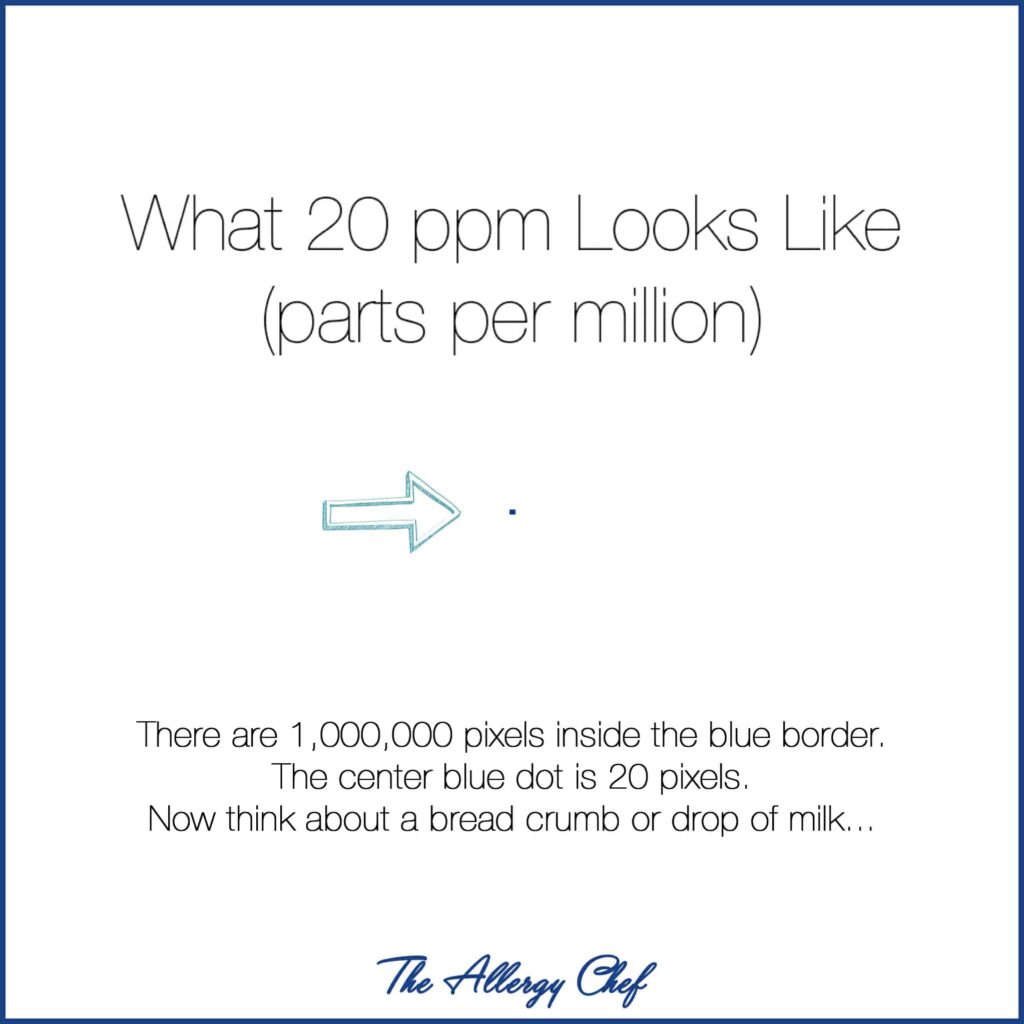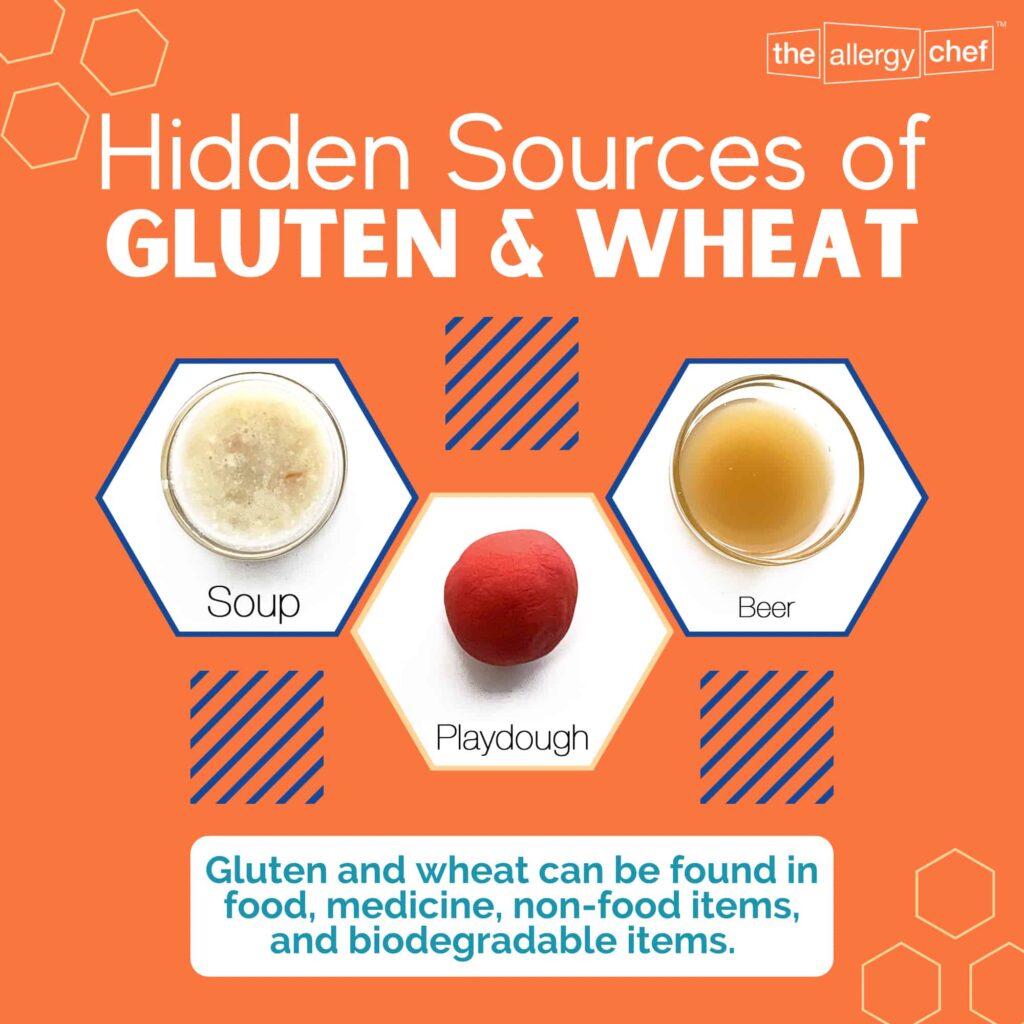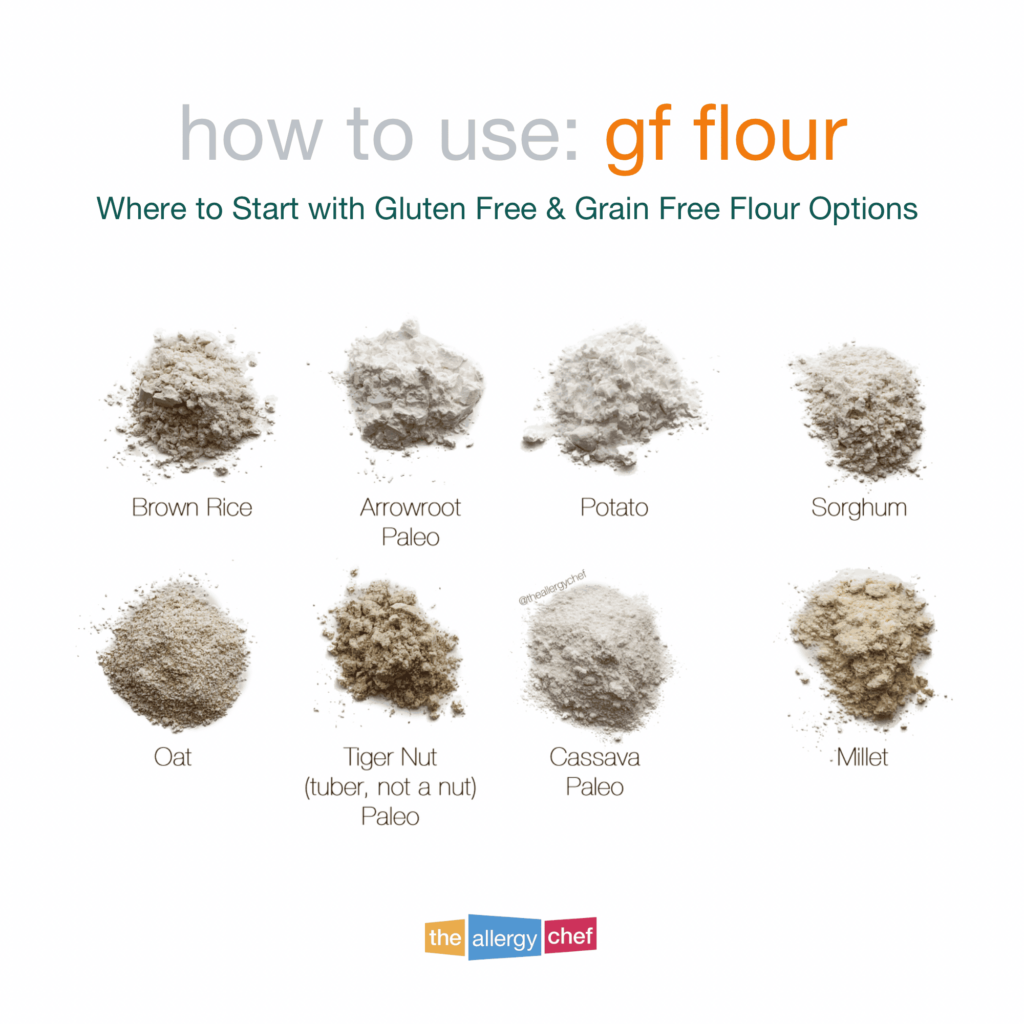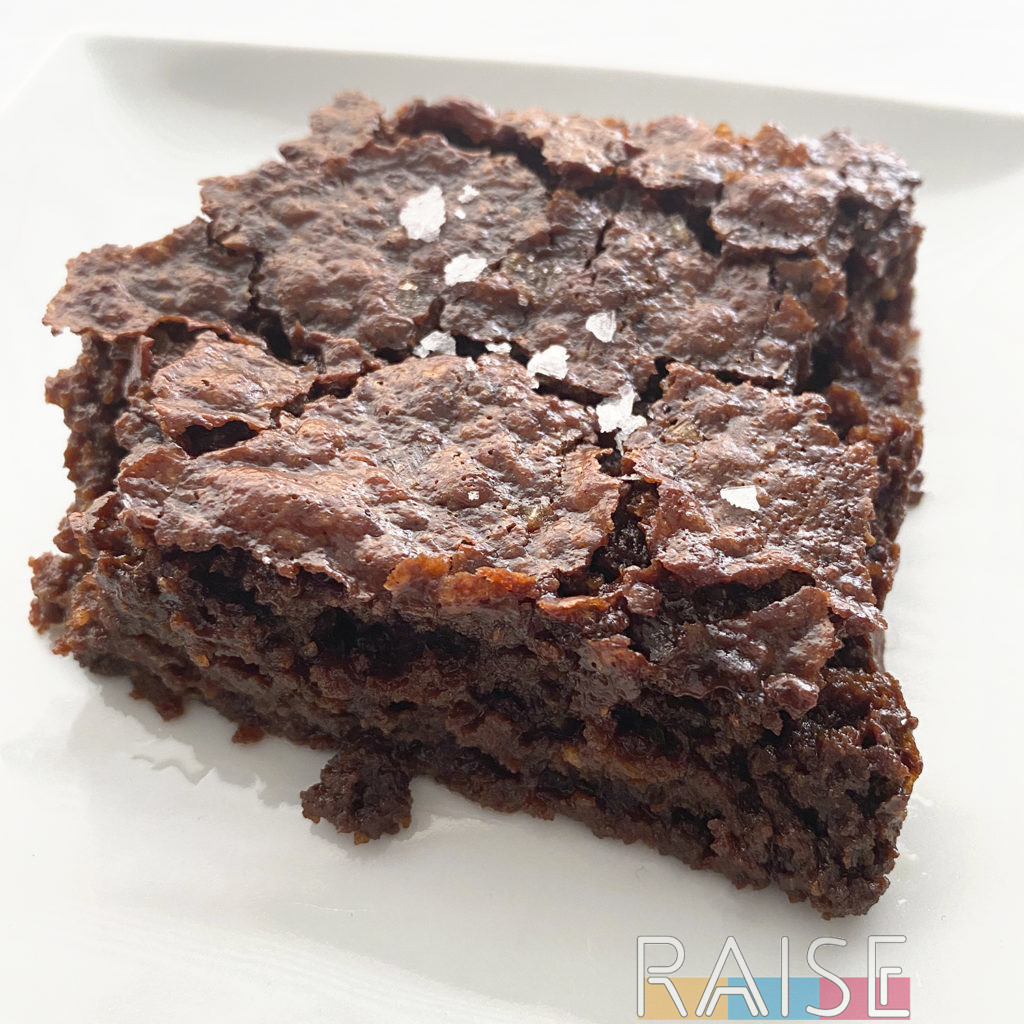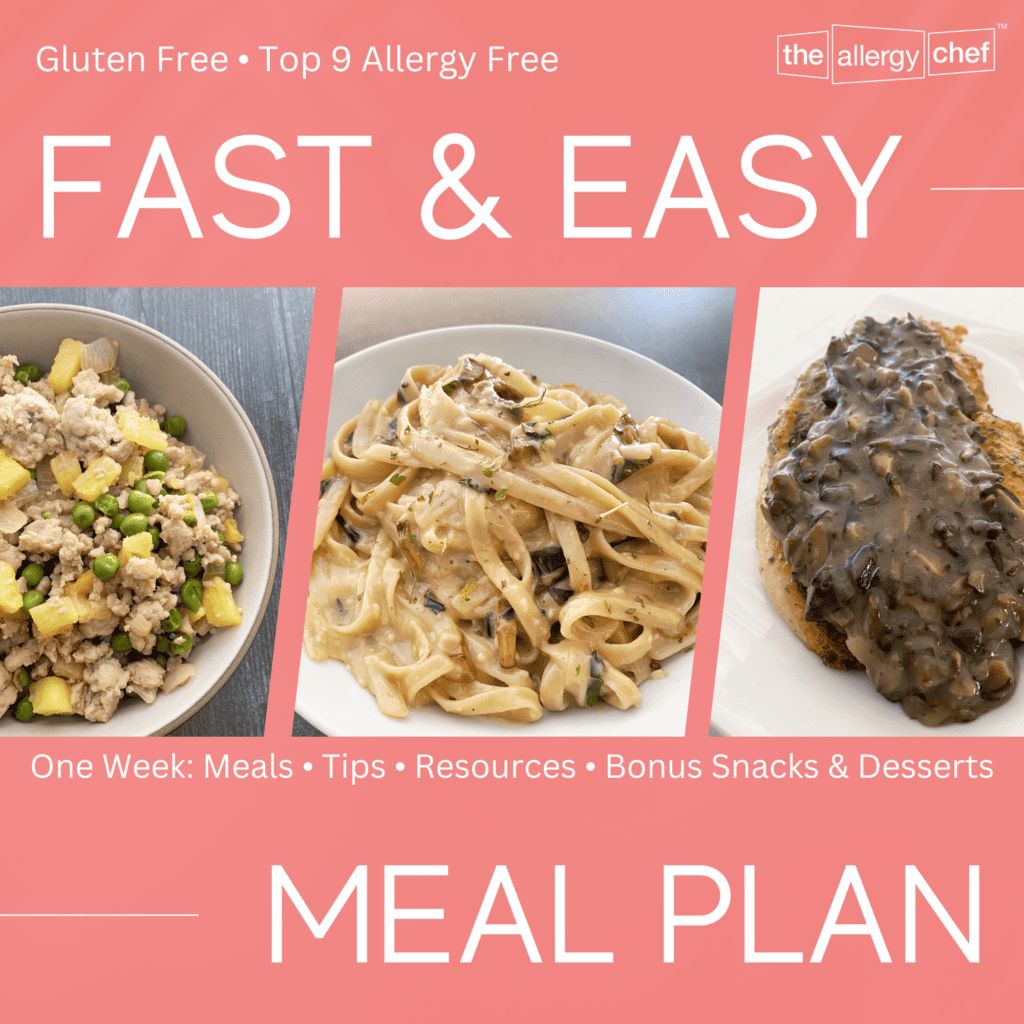New to eating and living gluten free? Welcome to the club! 🙂 Today I’m going to share my best tips on how to go gluten free both in the kitchen and everyday life. When you’re new to gluten free, everything can seem really overwhelming and suddenly you have more questions than answers.
First, let me answer a few gluten free questions you may have been pondering.
- Is rice gluten free? Yes, rice is gluten free.*
- Are oats gluten free? Yes, oats are gluten free.*
- Is corn gluten free? Yes, corn is gluten free.*
- Are potatoes gluten free? Yes, potatoes are gluten free.*
- Is Quinoa gluten free? Yes, quinoa is gluten free.*
However, with all of those answers, there’s a little asterisk of sorts. If your rice, oats, corn, or potatoes are processed on the same equipment with wheat or gluten containing grains, cross-contact/contamination can occur. I’ll talk more about that later.
Related Article: Gluten & Wheat Free Swaps
What is Gluten?
Gluten is a protein found in wheat, rye, and barley. It’s responsible for the elasticity in dough. When you go gluten free, you’ll find that the ingredient list on packaged foods starts to look a bit scientific. That’s because producers are trying to replicate what gluten does and the texture it provides.
Celiac Disease Vs. Wheat Allergy
A wheat allergy is an allergy to wheat only. Someone with a wheat allergy can still eat rye and barley, which are gluten containing grains. In some people, their wheat allergy may be life-threatening and they’ll need to carry an epi-pen.
Someone with Celiac Disease on the other hand, has an autoimmune disease where the body will attack itself when gluten is consumed. Over time, this can lead to many negative health complications. There are more than 200 Celiac Disease symptoms, and the combination of symptoms are unique to each person.
It’s important to note that with both a wheat allergy and Celiac Disease, no two people are the same. This means that exposure to different amounts can cause a different reaction in those two people. With both a wheat allergy and Celiac Disease, the treatment is to not eat the trigger foods.
Gluten Free Recipe: Carrot Cake Waffles (Vegan, GF, Top 9 Free)
Celiac Disease Symptoms & Wheat Allergy Symptoms
The symptoms of Celiac Disease as well as the symptoms of a wheat allergy can be similar. Remember, the key difference is anaphylaxis, which can be life-threatening, and usually requires an epi-pen.
There are more than 200 known symptoms for Celiac Disease. Symptoms can effect people differently, and are usually different in children when compared to adults. Common symptoms for Celiac Disease may include:
- Abdominal Pain & Bloating
- ADHD
- Anxiety
- Arthritis
- Behavior Issues (especially in children)
- Bone & Joint Pain
- Canker Sores
- Constipation
- Depression
- Failure to Thrive (in children)
- Fatigue
- Headaches and/or Migraines
- Iron-Deficiency Anemia
- Mental Health Disorders
- Weight Loss or Weight Gain (especially in an unexplained way)
Gluten Free Recipe: Easy Apple Upside Down Cake (Vegan, GF, Top 9 Free)
I Have a Wheat Allergy. Should I go Gluten Free?
Yes and no. If you have a wheat allergy, you can still consume rye and barley, assuming you can find suppliers that aren’t contaminated with wheat. Keep reading to learn why relying on gluten free labeling may not be the best choice for you.
Certified Gluten Free Foods: The Dirty Secrets No One Is Talking About
Brace yourselves. Food can be certified gluten free and made on shared equipment with wheat. Additionally, in 99% of the products, it’s not disclosed on the label.
If you’re new to reading labels and watching food closely, you’ll have a lot to learn, but RAISE has the resources to help you. Here’s why this is important. 20ppm (parts per million) is the USDA threshold for labeling food as gluten free. If food has 19ppm it’s “gluten free”. This can cause a reaction in both someone with Celiac Disease or a wheat allergy.
Related Article: Gluten Free Oats: Know The Difference
Then there’s the dirty secret of averaging. Some companies use a practice of averaging the results every so many batches. This means if Batch A has 30ppm and Batch B has 10ppm, the average is 20ppm and BOTH batches are now gluten free.
When you know these two pieces of information, it should light a fire under you to source safe food. I’ve had so many RAISE Members tell me that when they switched to the brands on the Product Guides, their symptoms cleared up.
In the image below, the dimensions represent 1,000,000 pixels (unfortunately you can’t see the border of the image). It gives you a visual idea of what 20ppm LOOKS like. Now, think back to items made on shared equipment with wheat. No system is perfect, and some machinery is harder to clean than others. When you see terms like “may contain” on a food label, it’s because small particles of an allergen may be present in the final product. You can read more in this article.
Going Gluten Free is About More Than Food
Many people don’t know this when they’re new to eating gluten free, but gluten can be found in medicine, bath & body products, food packaging, and other non-food products. For some people, this isn’t an issue. For others, when they switch to a 100% gluten free lifestyle, their symptoms clear up.
Related Article: Hidden Sources of Gluten
Non Celiac Gluten Sensitivity & Gluten Intolerance
It is possible to have a need to eliminate gluten without having Celiac Disease or a wheat allergy. The two terms currently used are gluten sensitivity/intolerance and Non Celiac Gluten Sensitivity (NCGS). People under this category still need to be gluten free, but may not experience severe symptoms. Remember, no two people are the same.
It’s Important To Know How Sensitive You Are
For some people who are gluten free, any exposure over 20ppm may cause symptoms. For others, anything over 0ppm can cause a reaction. The same is true for people with a wheat allergy. Generally speaking, there are a few things to consider when talking about sensitivity:
- Can I breathe it? If no, then you have an airborne allergy.
- Can I touch it? If no, then you have a contact allergy.
- Am I able to eat food made with the same (cleaned) equipment/tools?
- If my food is made in the same kitchen/facility as the trigger food, am I able to eat it?
Now, let’s take a further look at these levels of sensitivity. Keep in mind, no two people are the same, and much of this information also applies to a wheat allergy. While it’s rare for someone with Celiac Disease to have an airborne reaction, it can happen.
Related Article: Gluten Free Flour: Where to Start
What It Means To Have an Airborne Allergy
I can speak from personal experience and tell you what an airborne allergy is like. My symptoms range from itching, sneezing, coughing, asthmatic type problems, tongue swelling, mouth pain, headache, drop in blood pressure, and anaphylaxis. These symptoms can occur if the food is cooking and particles are in the air. This can also happen with “dust clouds” of trigger foods (think flour).
Related Article: Our Story
In Celiac Disease, airborne reactions are rare, but less rare in a wheat allergy. The real airborne issue when you’re gluten free is eating out at a restaurant. To better understand what cross contamination LOOKS like, watch this live replay where I show you how far a powdered ingredient can travel.
Once you watch it, stop and think about going into a bakery that says they have a gluten free option. Wheat flour is in the air and can take several hours to completely settle. It’s on surfaces as well. This means that reaching a 20ppm threshold is pretty easy.
Some locations make it a point to create their gluten free items first, then store them completely covered before moving on to gluten containing grains. Whilst that is a noble effort, if you are airborne sensitive, you’ll be better off going to an establishment that’s 100% gluten free.
What Is a Contact Allergy or Reaction?
A contact reaction happens when you touch the trigger food. The food may be raw or cooked (no two people are the same). Here’s another example I can share with you: bell peppers. When I touch them, my fingers burn like they’re on fire. In some instances, it’s like having fingers that are plagued with frost bite but also very heavy. It’s hard to describe but it’s painful and I’d rather avoid it.
Our skin is the largest organ, and has pores that allow particles in and out. For some people, when touching gluten containing items, their skin can react, and sometimes the reaction is more than skin deep. It’s also why children with Celiac Disease should not use traditional Playdough, as there’s gluten in it. Not only can they have a contact reaction, but children love to put their hands all over their face and in their mouths. It’s not difficult to be exposed to more than 20ppm playing with Playdough.
Related Recipe: Awesome Gluten Free Fudgy Brownies (Vegan, GF, Top 9 Free)
Consuming Food Made on Shared Equipment aka “May Contain”
It’s important to understand how to read a label, as well as what’s NOT on a food label. Once you know that, you’ll need to understand how food is made, and how many companies use co-packers. This Allergy Expert Roundtable with Food Manufactures gives you great insight on how food is made.
Here’s an example that may happen in your home. You use a cutting board to slice wheat bread, then wash it. That same cutting board is then used to prepare fruit for someone with Celiac Disease. Next, you use a pot to heat boxed mac-n-cheese. The pot is washed, then later used to make gluten free pasta. In both instances, the equipment was shared. Perhaps the washing didn’t get every tiny particle. This is why you’ll need to manage a mixed allergy household well, should that be your situation.
This same example extends to food manufactures and restaurants. If you can tolerate trace amounts of your trigger food(s), then shared equipment usually isn’t an issue. I had a bakery customer once that shared his experience with me. He can handle 0ppm of gluten (he has Celiac Disease). He was once exposed to a tiny trace amount and was in hospital for a week because of it. Not everyone will have this reaction to gluten, but you can see why knowing your sensitivity level is so important.
Related Resource: Gluten Free, Allergy Friendly Product Guide
Food Made In The Same Facility
For the above mentioned customer, he was unable to consume food made in a shared facility with gluten containing grains. Remember the cross contamination visual? Think of a large food production facility. If your trigger foods are in the air, those particles can be settling on equipment that your food is produced on.
Now, it’s CRITICAL to know how large these facilities can be. This is also why calling companies is important. A food facility can be the size of a football field, or the size of your living room. A shared facility in both those cases mean something totally different. Some companies have what’s called a white room where free-from foods are processed. This is a great compromise when you’re unable to work in a 100% dedicated facility.
People who have been known to have reactions to trace amounts of allergens generally opt for free-from facilities when selecting their food. RAISE has several Product Lists to help you know which companies are working with dedicated facilities and dedicated equipment.
Free Download: 1 Week Fast & Easy Meal Plan (Gluten Free, Top 9 Allergy Free)
Ten Steps To Take When You’re Starting a Gluten Free Diet
Now I want to share with you my personal 10 favourite tips on starting a gluten free diet (and lifestyle). There are more steps involved, however, you’re probably feeling overwhelmed already, and this is a good starting point. Before we jump in, I want to give you another visual to think about.
When you think of allergens and trigger foods, think of glitter. It’s small, annoying, and gets everywhere without even trying. It’s also hard to clean up at times. Allergens are like glitter, and you want to remove them, or keep them contained.
1. Understand How To Read a Food Label & How To Call Companies
RAISE has these resources available for members: How To Read Food Labels and How To Call Companies. On your journey, you’ll need to do these tasks regularly. As you find new products you want to try, be sure to read the label twice and call/email before eating it. You’ll need to make sure there’s no gluten in the product, on the equipment, or in the facility. For the equipment & facility, your level of sensitivity will determine if you need to ask these questions.
2. Clean Out Your Pantry
You will need to go through your pantry and fridge to remove everything that contains gluten. If a labels says “contains wheat” then remove those items. Wheat is considered a top allergen all over the world (it’s a US top 9 allergen, Canadian top 9 allergen, and European top 14 allergen), and if it’s in the product, the label will reflect that. Remember, a package only has to state if the allergen is in the product. Disclosing the facility and equipment etc. are all voluntary.
Learn more about labels in this free course: Food Allergy Help 101 ~ Hidden Allergens.
3. Replace Cutting Boards
Cutting boards have deep scratches where food particles can hide. Remember what 20ppm looks like? Even the best dishwashers aren’t perfect. I’ve seen first hand commercial and home dishwashers fail to remove all food particles.
If you’re in a mixed allergy household, there needs to be dedicated cutting boards for those with restricted diets.
4. Examine Your Cookware & Bakeware
The deep scratches as mentioned above can be an issue with cookware and bakeware as well. I like to say “non-stick remembers, especially cast iron”. These types of items most likely will need to be replaced. If you’re living in a mixed allergy household, save the gluten-containing pans for those who can use them, should you choose to have them continue eating gluten.
5. Replace, Separate, and Color Code Sponges
This is especially important if you don’t have a dishwasher. Think of Sally, washing dishes by hand with lots of love and care. She starts with a pan that’s made French Toast with wheat bread. Next, she moves on to the pan that made Gluten Free French Toast. Trace amounts of gluten can move to the gluten free pan. That doesn’t mean this WILL happen. Instead, take precautions. Use a color-coded system for sponges, and keep them separated.
6. Reach out to Your GP About Any Medication You’re Taking
Gluten can be found in supplements and medications. Reach out to your GP to confirm that the active AND inactive ingredients in any medication you’re taking is gluten free. You may need to work with a compounding pharmacy to source safe medicine.
7. Purchase Gluten Free Foods To Cook & Bake With
THIS will be your biggest hurdle. You can rely on products like the Gluten Free Allergy Friendly Product Guide which contains products made on wheat free equipment. I called hundreds of companies to confirm their allergy status. Fun fact: hundreds of certified gluten free companies told me their product was made on shared equipment with wheat (and it’s not on the label).
You can also read our product reviews. My kids sample gluten free, allergy friendly products and tell you what they think. It may be a good launch point for you in deciding which foods to try first.
When reaching out on your own, set aside 20 minutes a day to call/email companies. Ask lots of questions to make sure the food will be safe for you.
The BIGGEST tip I can give you when first shopping gluten free: don’t rush to purchase loads of gluten free packaged foods. Instead, purchase foods that are naturally gluten free such as fresh produce, nuts, seeds, and clean animal proteins. Some gluten free foods are full of ingredients you’ll want to avoid.
8. Go Through Your Bath & Body Products
If you determine you have a contact reaction to gluten, you’ll want to replace personal care items ASAP. If you’re unsure, or feel like it may not be a big issue for you, replace items as you run out.
Many makeup brands, soaps, shampoos, conditioners, etc. contain gluten. Personally, I enjoy the corn free gluten free makeup brand Bellaphoria, and use a super basic olive oil soap (3 ingredients). In fact, I use the olive oil soap for both hair and body. Jennifer from Living Freely Gluten Free regularly shares her personal care items, especially on her Instagram page.
9. For Ladies, Check Your Makeup & Personal Care Items
Makeup and other personal care items can contain gluten, and other harmful ingredients (looking at you glyphosate). Interestingly, many people with NCGS feel much better when going organic and removing glyphosate from their homes and diet.
10. Check Out These Resources
- Celiac.Org
- Find Me Gluten Free (app)
- Mama Knows Gluten Free
- Nourished Festival
- Serving Celiacs Podcast
- Spokin (app)
- Yum Gluten Free
Bonus Number 11. If You Need Recipes & Support, Join RAISE
The RAISE Membership platform is 100% gluten free and more. You’ll have access to hundreds of recipes, resources, and everything you need to thrive when living with a restricted diet. You can go through the Getting Started section, see Free-From Products, learn from our Allergy Seminars, read Guides, watch Live Content Replays, and much more. Perhaps the biggest perk to joining RAISE is the priority support our Members receive.
Click here to join RAISE today! Save time, save money, and start thriving now.

